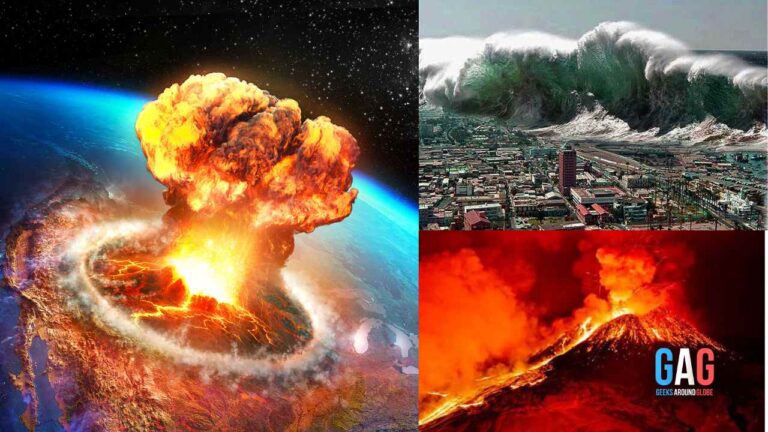Imagine living beside a sleeping giant, aware that one day it could wake up with wrath so fierce it could reshape landscapes and lives forever. That’s what existence is like alongside the San Andreas Fault.
The geological marvel stretching over 800 miles along the California coast is infamous for its seismic potential. Scientists say that there’s a significant 70% chance of experiencing a magnitude 6.7 or higher earthquake within the next three decades.
The San Andreas Fault has carried the energy of significant earthquakes in the past. But, what if this geological giant were to release a magnitude 9.0 earthquake or a more powerful one? What would be the ripple effect of such a powerful quake? It will surely be something that the United States has not witnessed before.
“There are many plausible scenarios for big earthquakes up and down the San Andreas fault system, including ones that would be highly disruptive in California,” says Professor of Geophysics and Department Head at Colorado State University, Rick Aster.
Major Destruction In US States!
A magnitude 9.0 earthquake, the most powerful expected, would result in widespread destruction and loss of life. The ripple effect will impact not only California but also states like Oregon, Nevada, and Arizona.
Major Californian cities like Los Angeles, San Francisco, and Sacramento would bear the majority of its devastating impact. Monumental structures, such as the Golden Gate Bridge and the Hollywood Sign will collapse in minutes, if not seconds. The earthquake’s aftershocks, possibly reaching up to magnitude 7.0, could persist for weeks or months, inflicting further damage!

“Some of these probabilities along particular faults are quite high, but it cannot be said with much confidence if any particular fault will next slip tomorrow, in 30 years, or at some other interval,” says Rick Aster.
Ground Shaking and Liquefaction
The initial jolt would be followed by intense shaking, causing the ground to move violently in all directions. This will lead to the collapse of buildings and structures, particularly near the epicenter. Ground liquefaction would also take place. A process where water-saturated soils lose their bearing strength. Even the most massive and strongest structures will sink to the ground or tilt!
The Immediate Aftermath:
In the immediate aftermath, the risk of fires would soar due to ruptured gas lines and downed power lines. There will also be an added risk of landslides and mudflows. Emergency services would be stretched to their limits, struggling to reach those injured or trapped in collapsed buildings. The damage to infrastructure would hinder transportation and disrupt essential services. Therefore, the recovery process will be slow and daunting.

Beyond Physical Destruction :
Beyond physical destruction, the human toll would be heartbreaking. According to the U.S. Geological Survey, over 30 million people live within 60 miles of the San Andreas Fault. This includes many of California’s largest cities, such as Los Angeles, San Francisco, and San Jose. There are millions of people living around the fault region. In Los Angeles County alone has over 10 million people.
Thousands or even millions could die and tens of thousands could be injured. Many would face emotional and psychological trauma. Displacement, and loss of homes, businesses, and livelihoods would be widespread. The economic damage could run into billions, significantly impacting the California economy and the nation as a whole.
Massive Waves Wiping Coasts of California and Oregon!
Although the San Andreas is primarily a strike-slip fault, a large earthquake could still generate a tsunami. This could happen with the significant displacement of the ocean floor. The most susceptible area for a tsunami is at the northern junction of the San Andreas and the Mendocino Fault. Potential waves can reach over 30 feet, causing damage along the coasts of California and Oregon.

Conclusion:
The interactions between the fault systems are complex and not fully understood. It is nearly impossible to predict the exact time, size, and location of such earthquakes. These plausible scenarios are a reminder of the geological inevitability we live with.
However, it’s not all doom and gloom. Adequate preparation, awareness, and implementation of mitigation strategies can help minimize the impacts. Building resilient communities, developing robust infrastructure, and ensuring readiness can significantly reduce the loss of life and property.
Also read,







